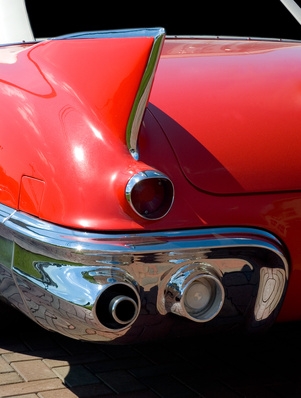
Auto body shops rely on air compressors to provide the air flow required to paint repaired vehicles. The air compressors must be able to deliver air in a smooth consistent stream so that the paint will flow together as the painter makes each pass with the painting wand. Various sizes of compressors are used by auto painters. Larger compressors make full auto painting jobs easier and detail work is often completed with a smaller compressor so that the air flow is more controlled.
Direct-drive air compressors work by the engine of the compressor being engaged each time the air pressure in the tank is lessened, and may run more often than an electric compressor in order to keep the air pressure up in the tank. Direct drive air compressors have the engine mounted on top of the tank to make the two components into one unit. Direct-drive compressors are available in a variety of sizes suitable for auto painting.
A piston air compressor uses an electric open drip-proof (ODP) motor to create the needed compressed air. The casing around the motor allows adequate air flow but prevents fluid or solids from driping on the motor. The advantage of the electric ODP motor is the quieter operation volume than the motors used on direct drive compressors. Air pressure sensors monitor the tank pressure and engage the motor as the pressure drops. A piston air compressor does get warmer than a direct drive setup. Manufacturers install fans around the electric ODP motor to ensure overheating doesn't occur.
Natural gas air compressors use a tank of natural gas to power the motor that creates the compressed air. The design of the motor is similar to the motor used in a direct drive motor. The main advantage that natural gas compressors is the monetary savings over paying for electricity or fuel for electric or direct drive compressors.